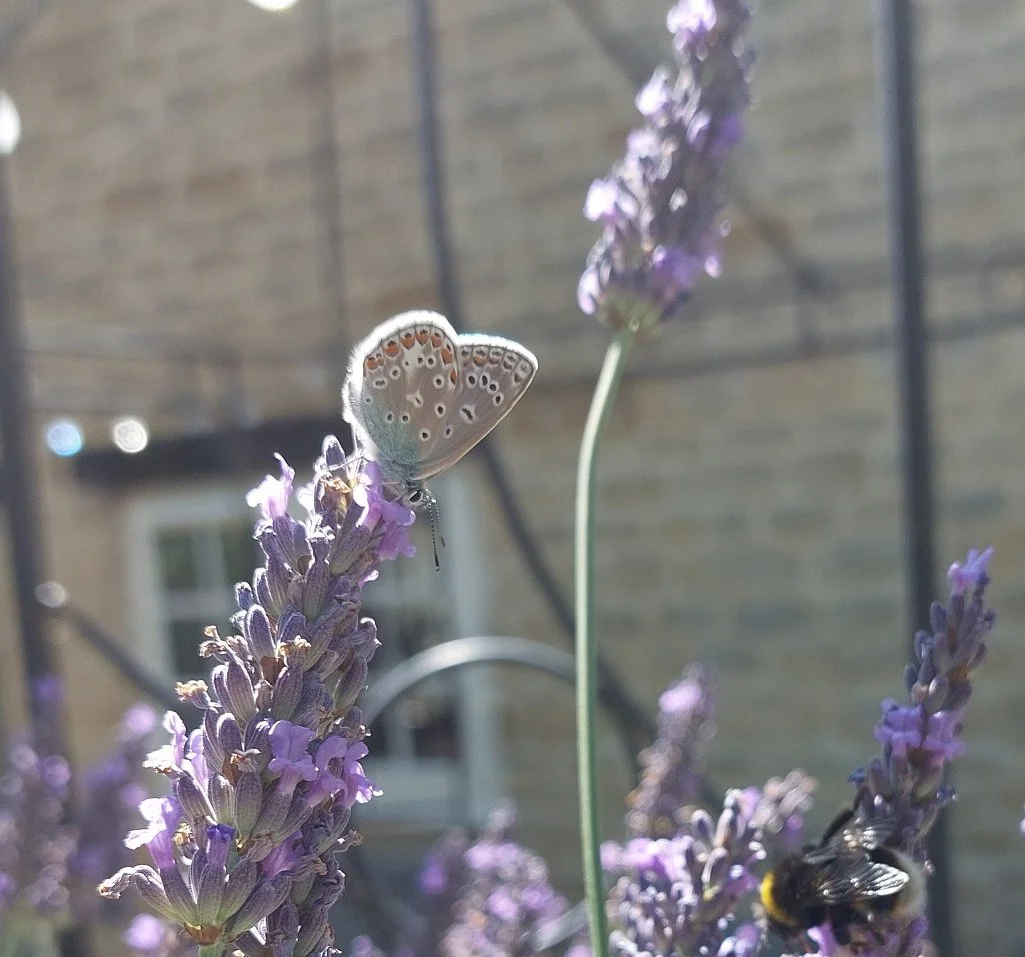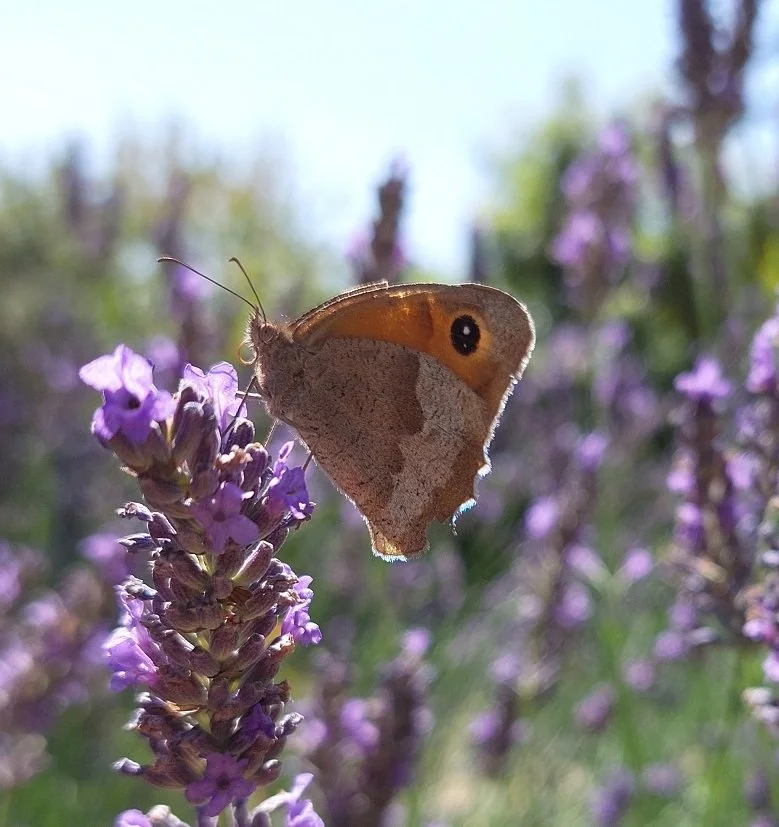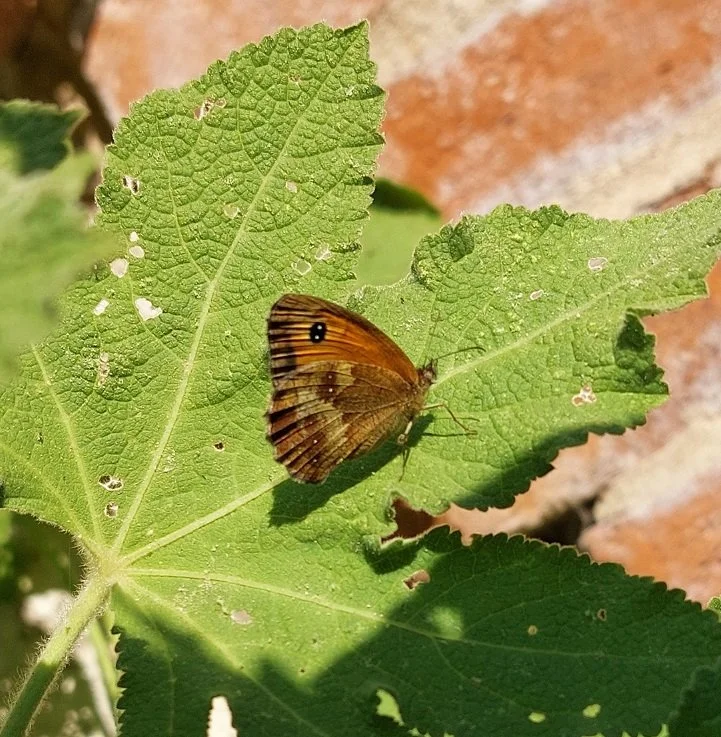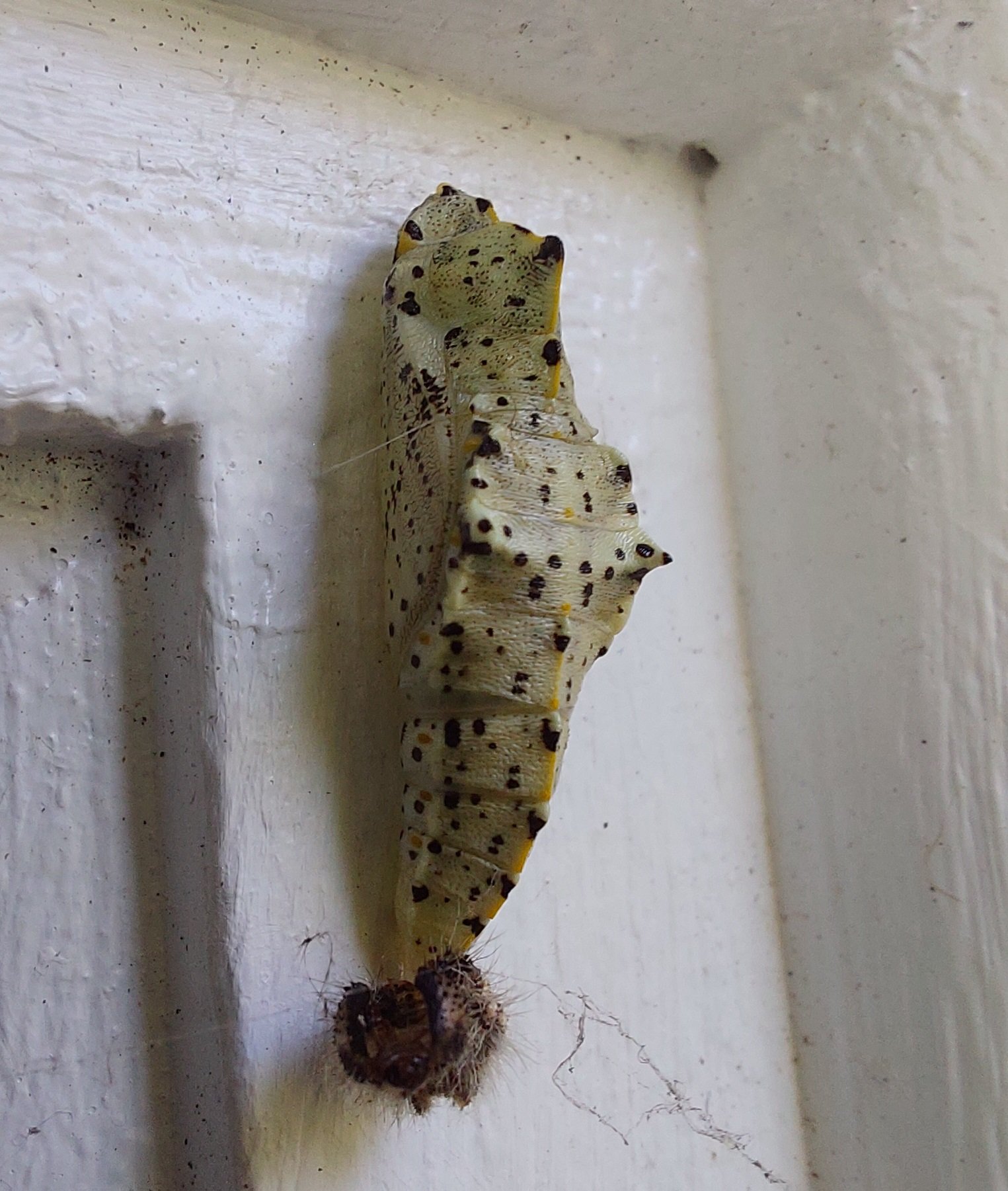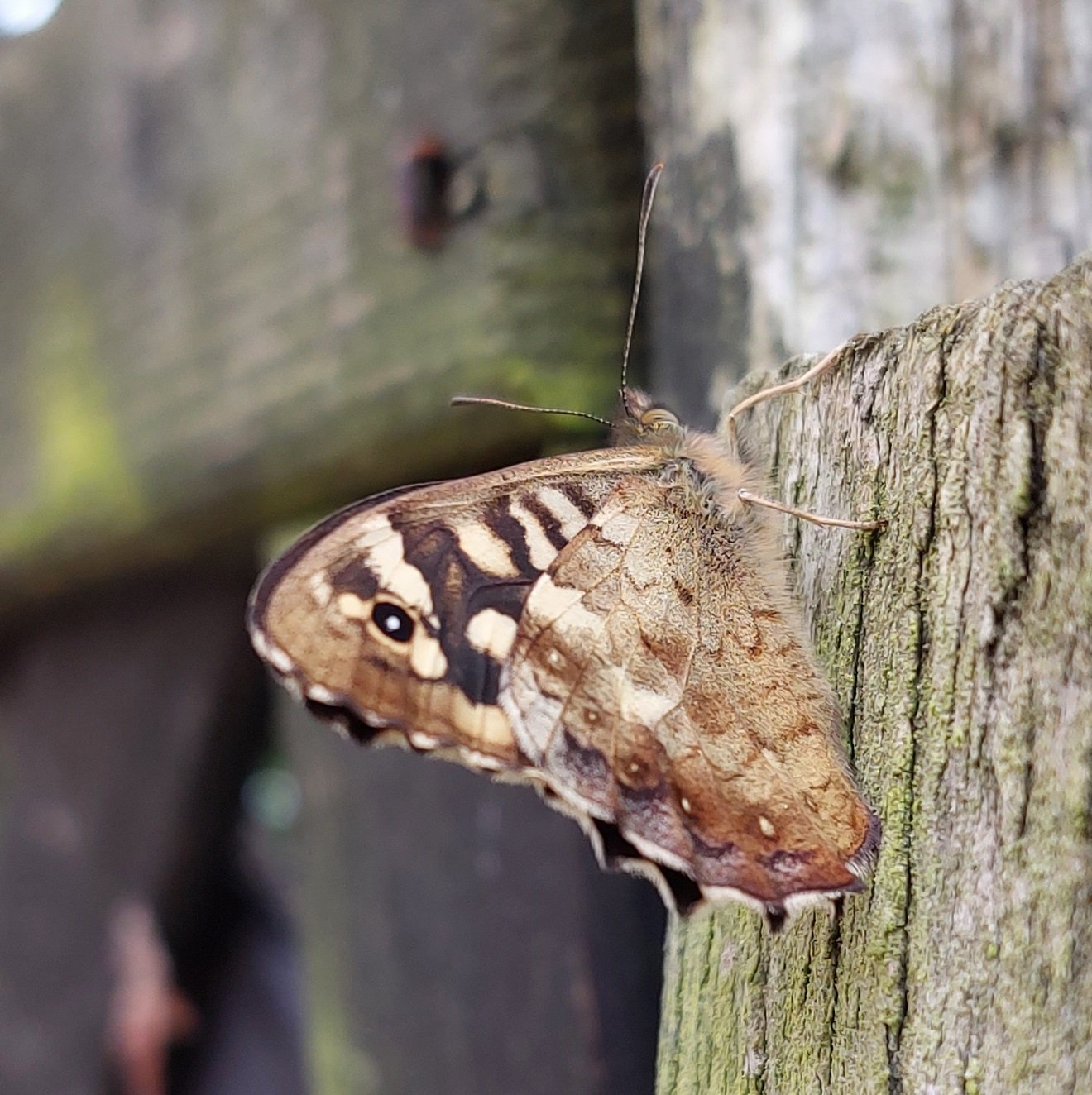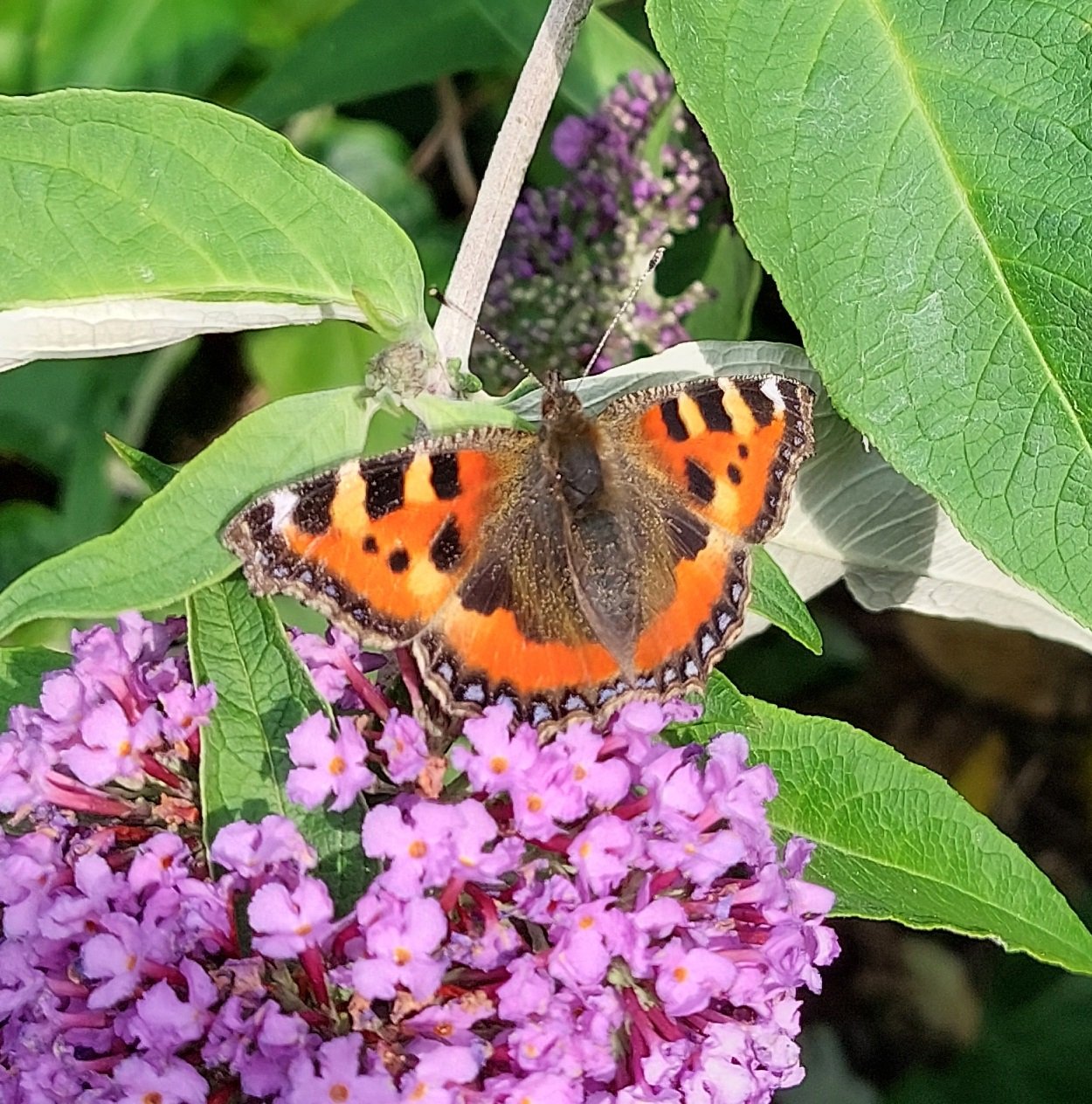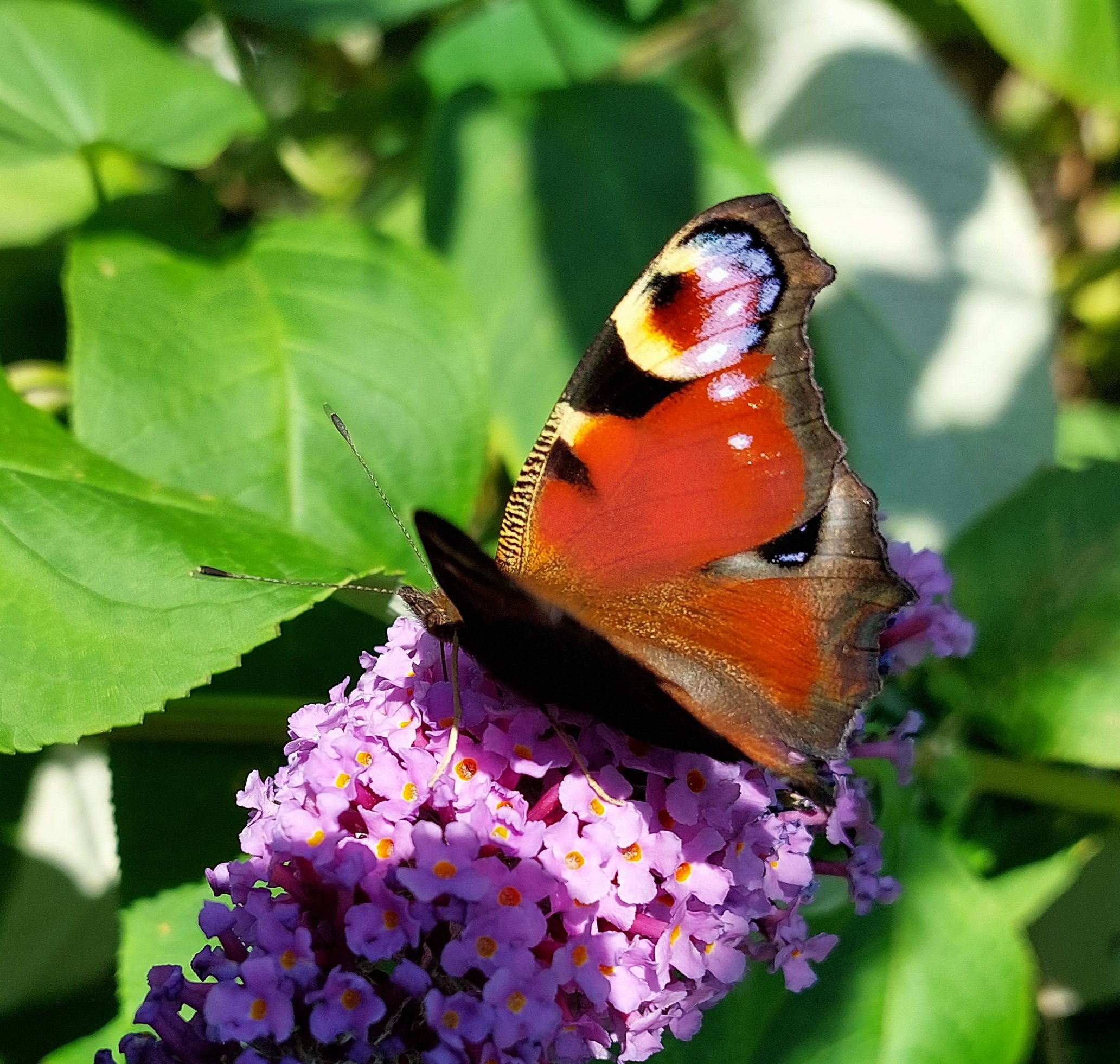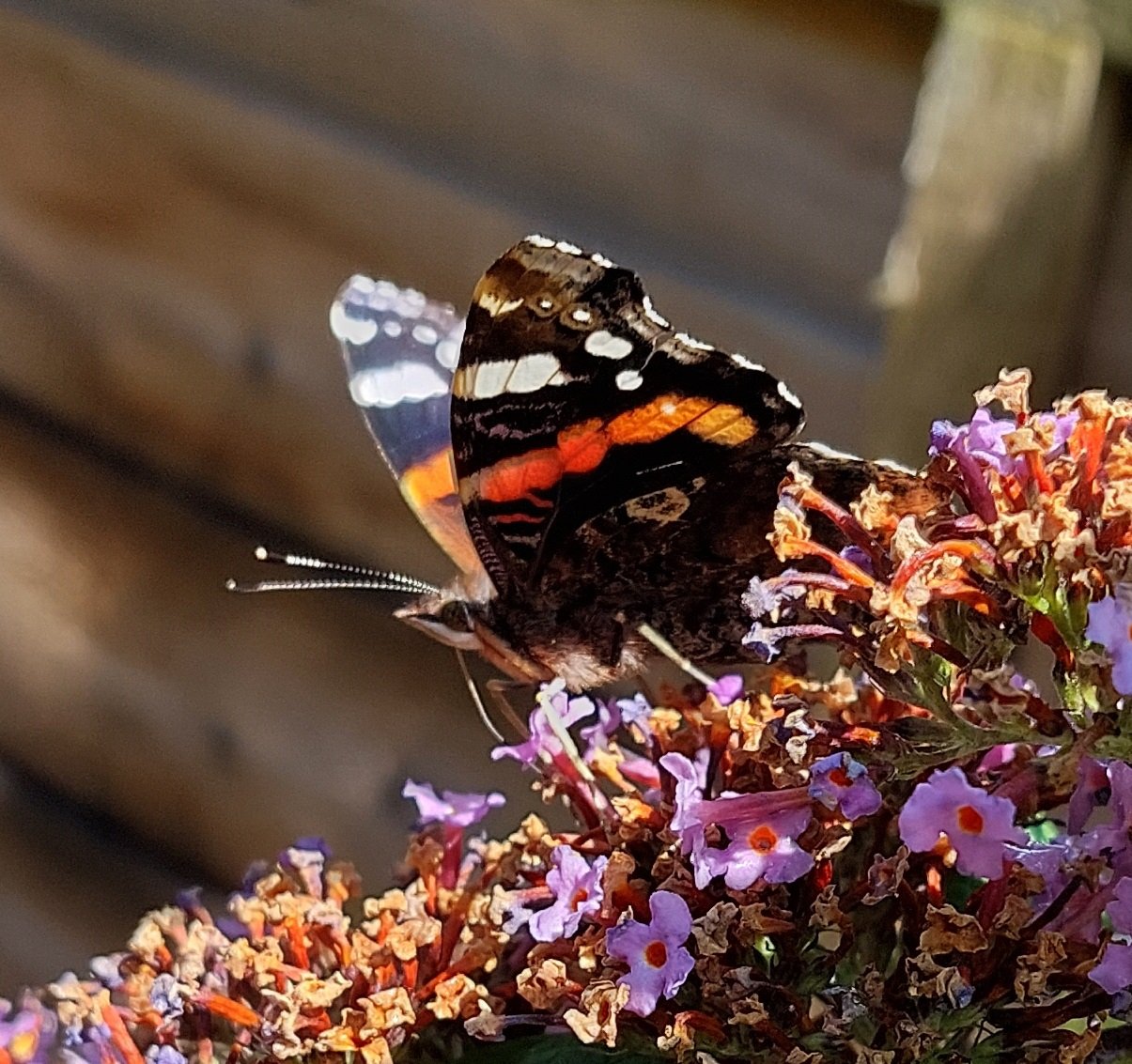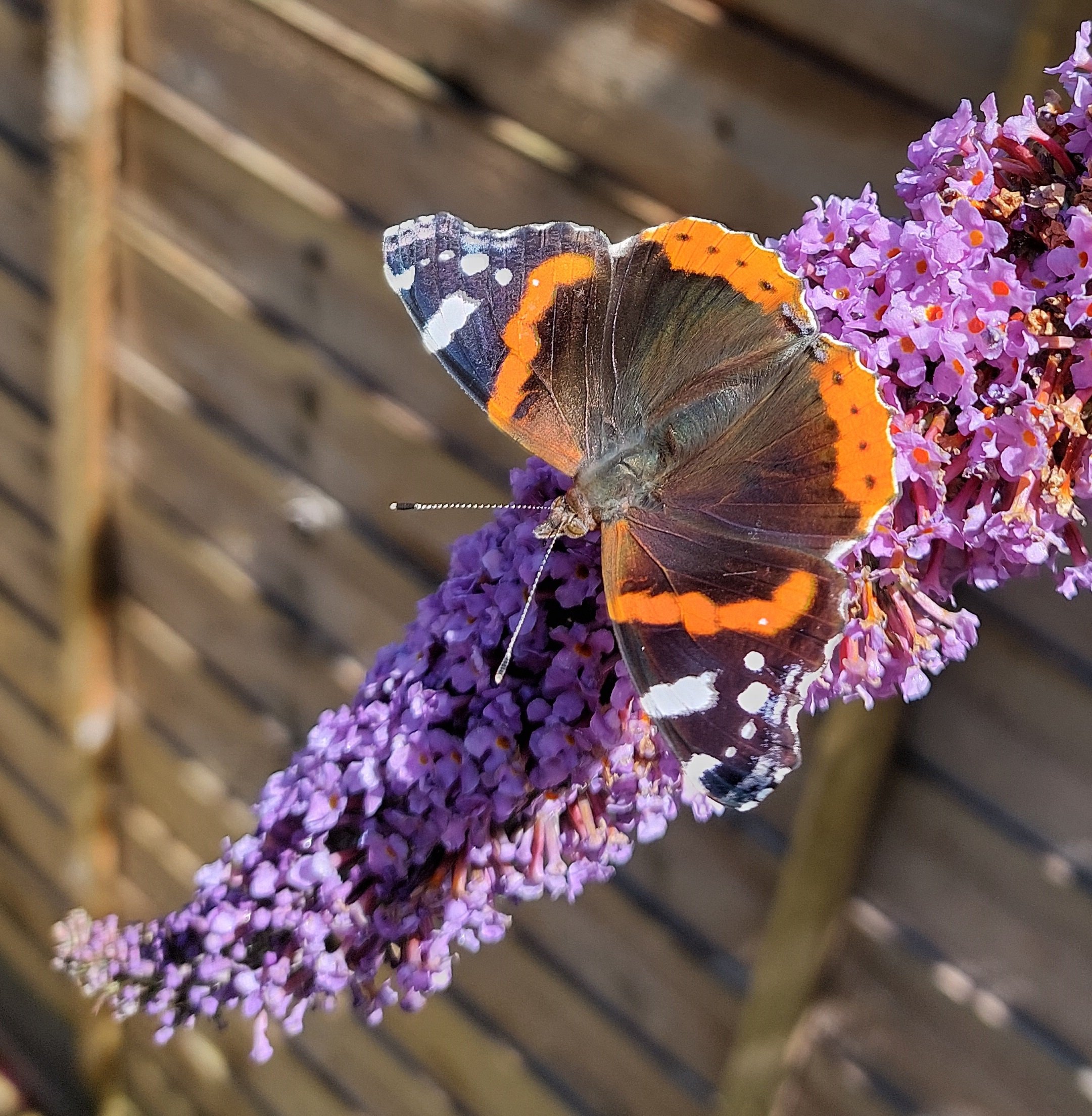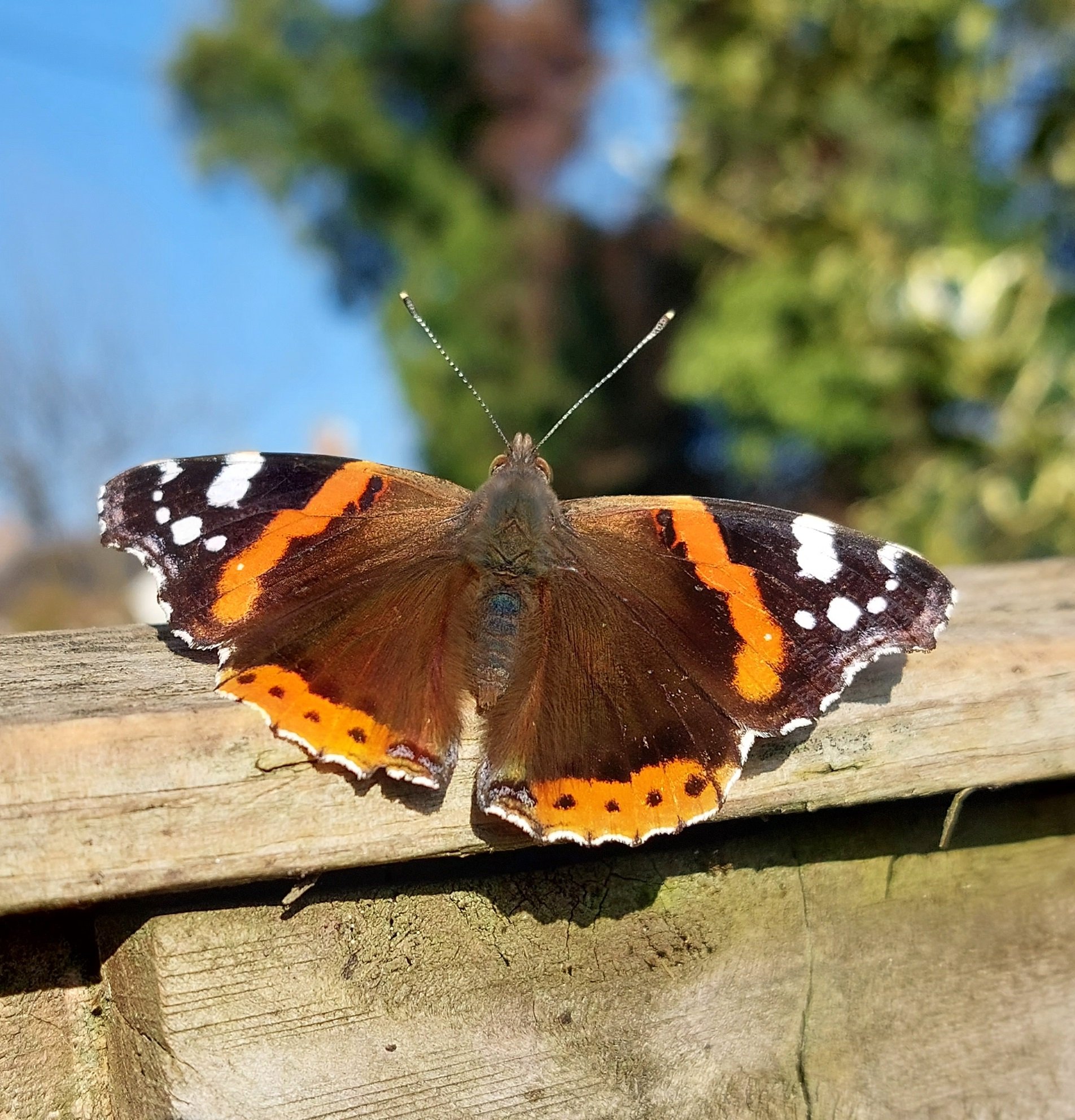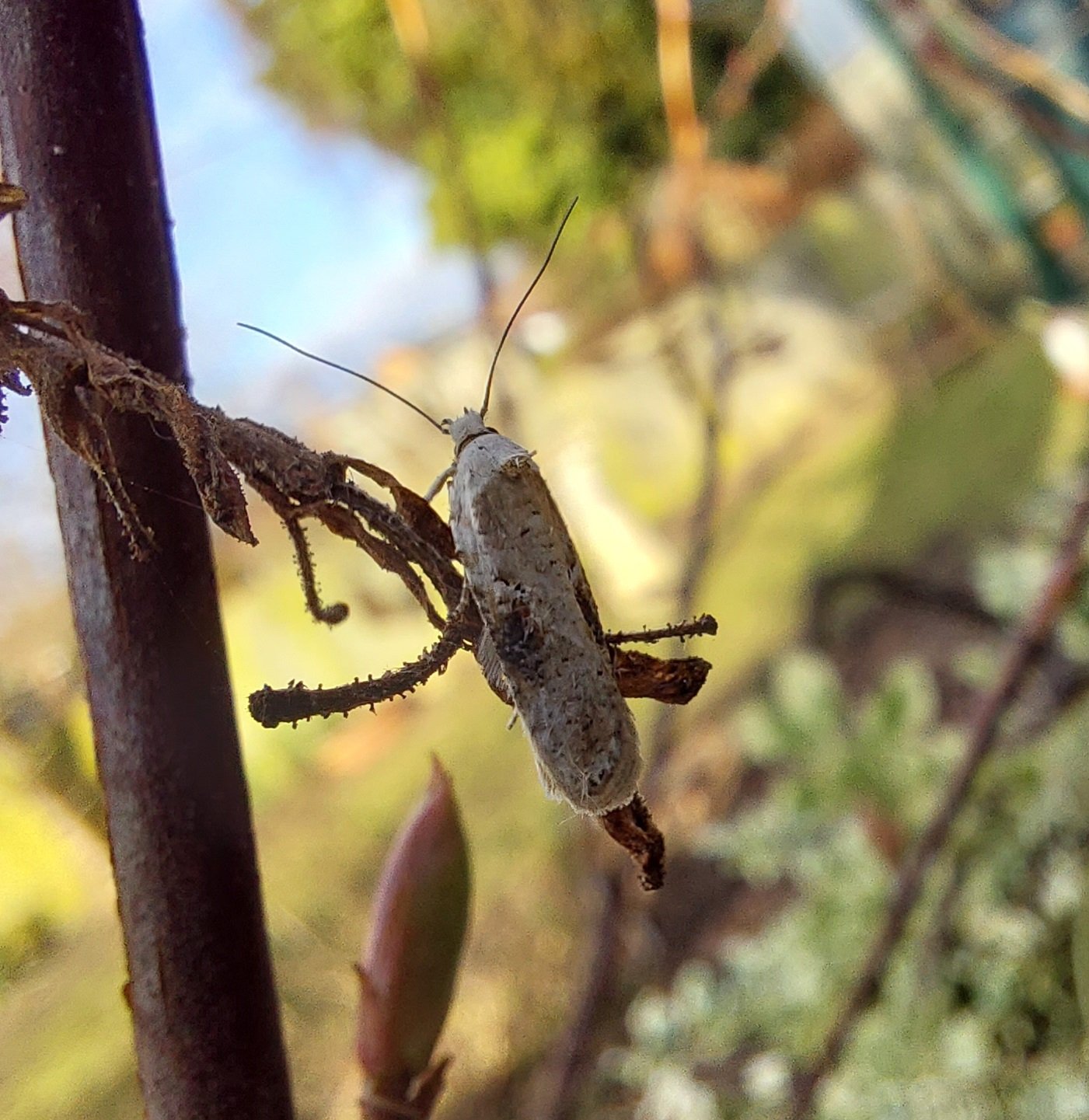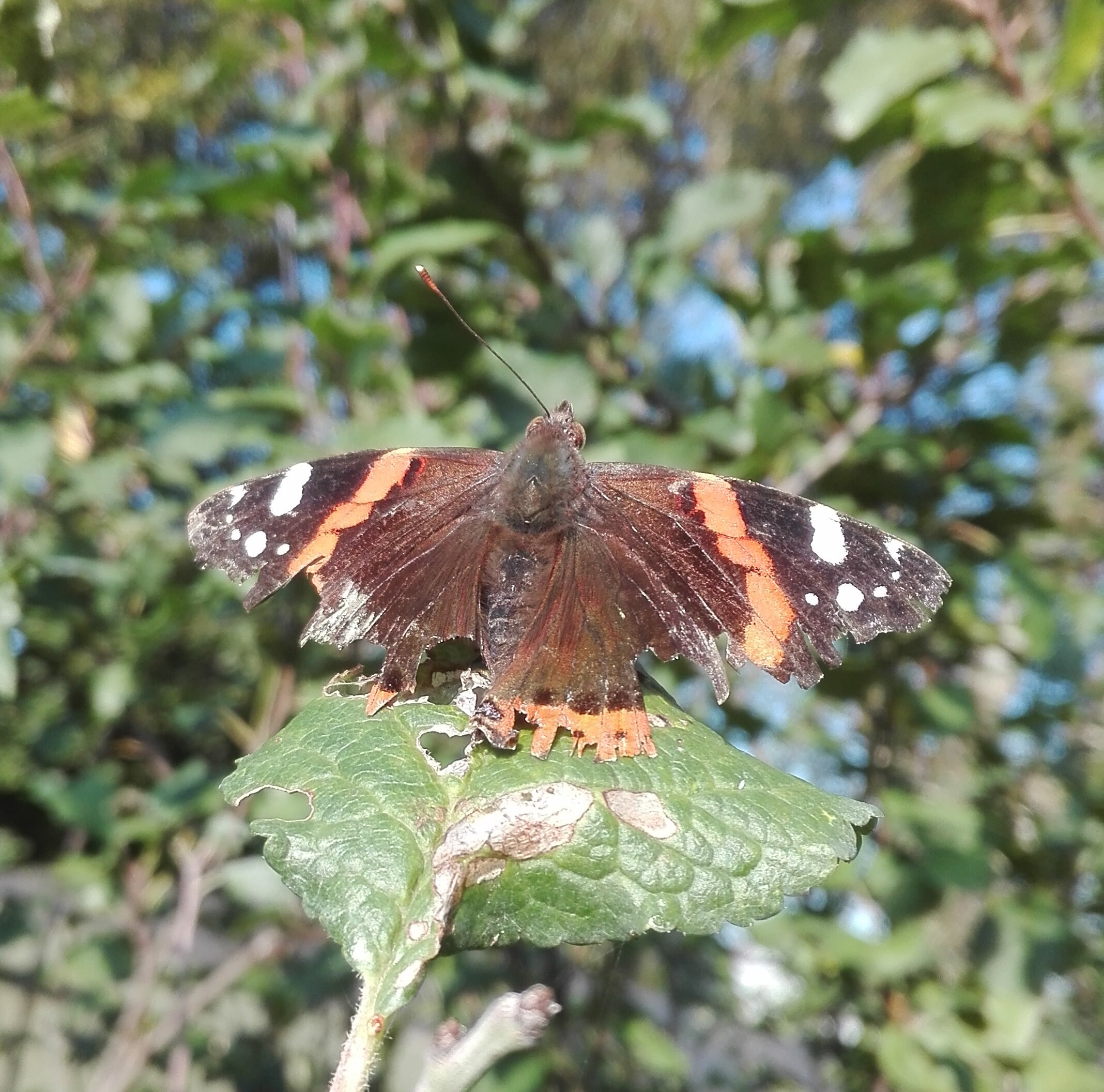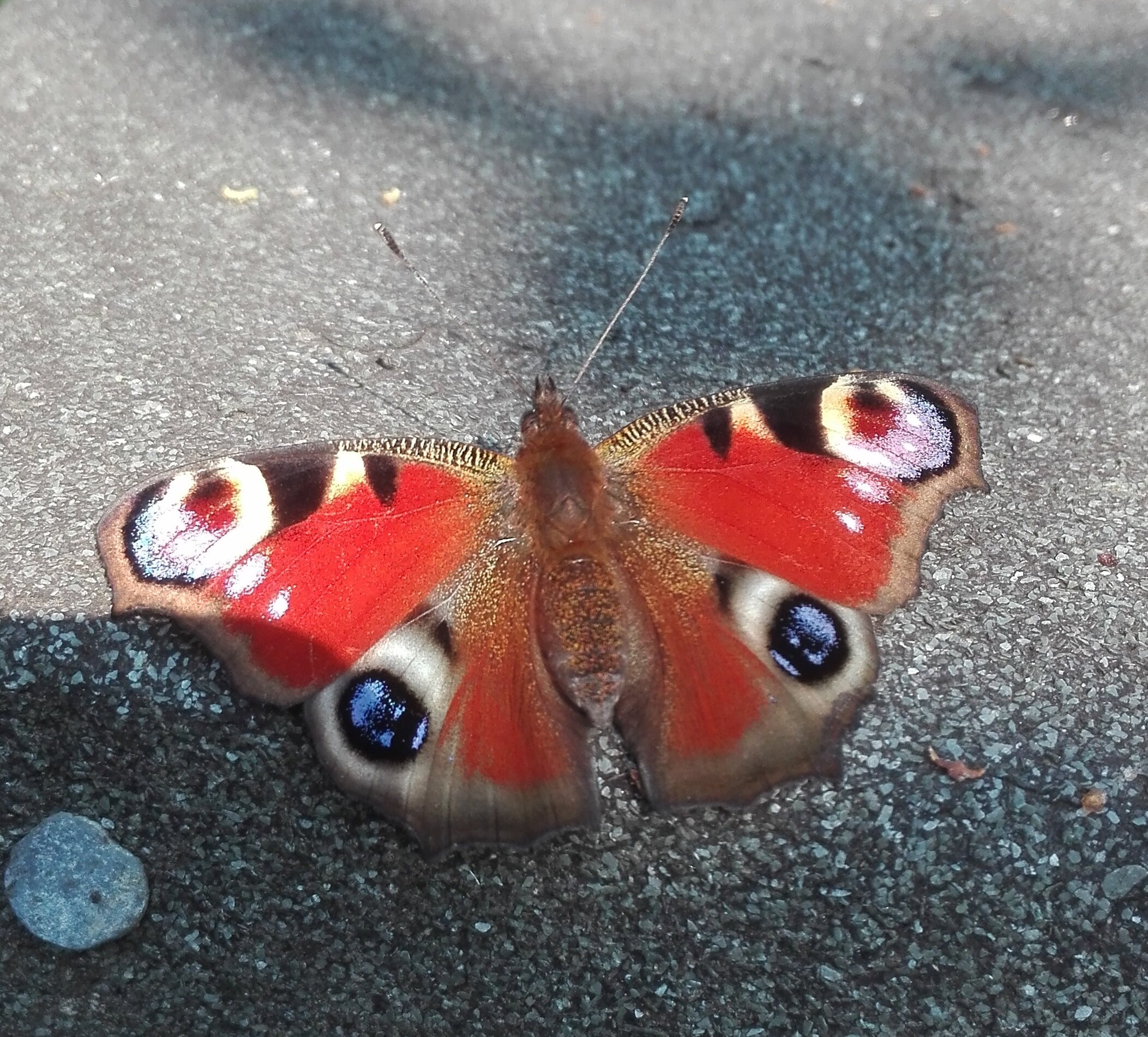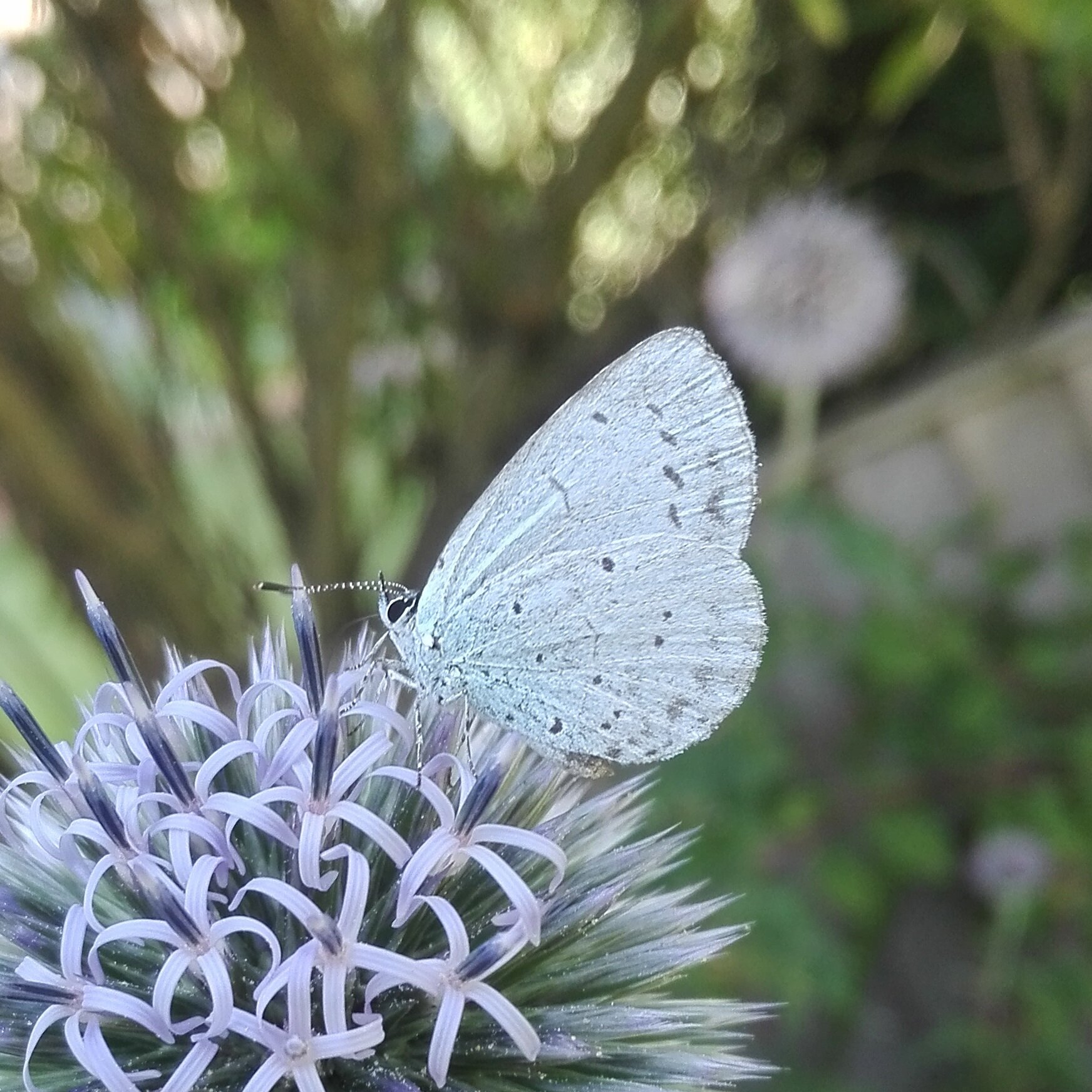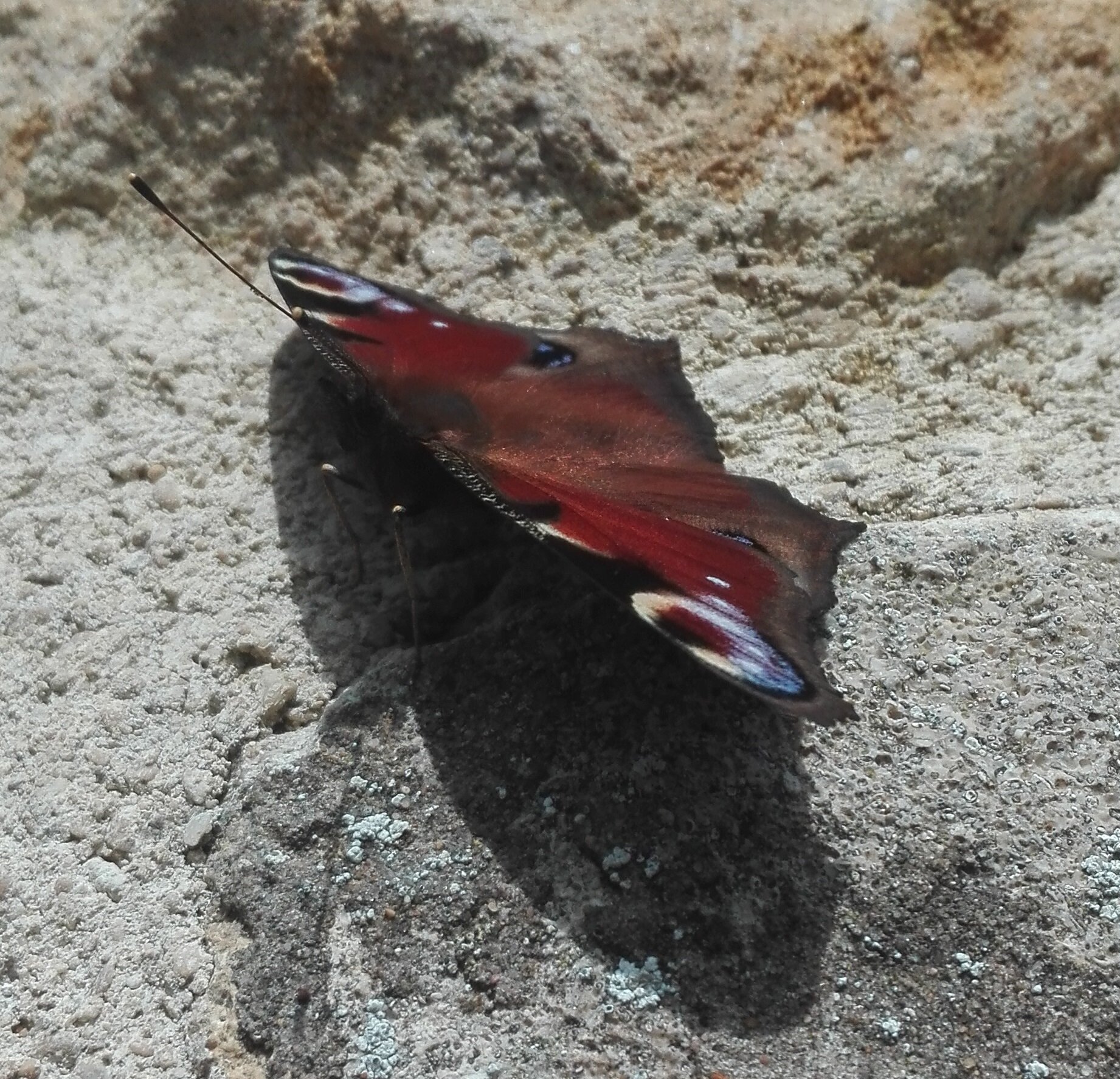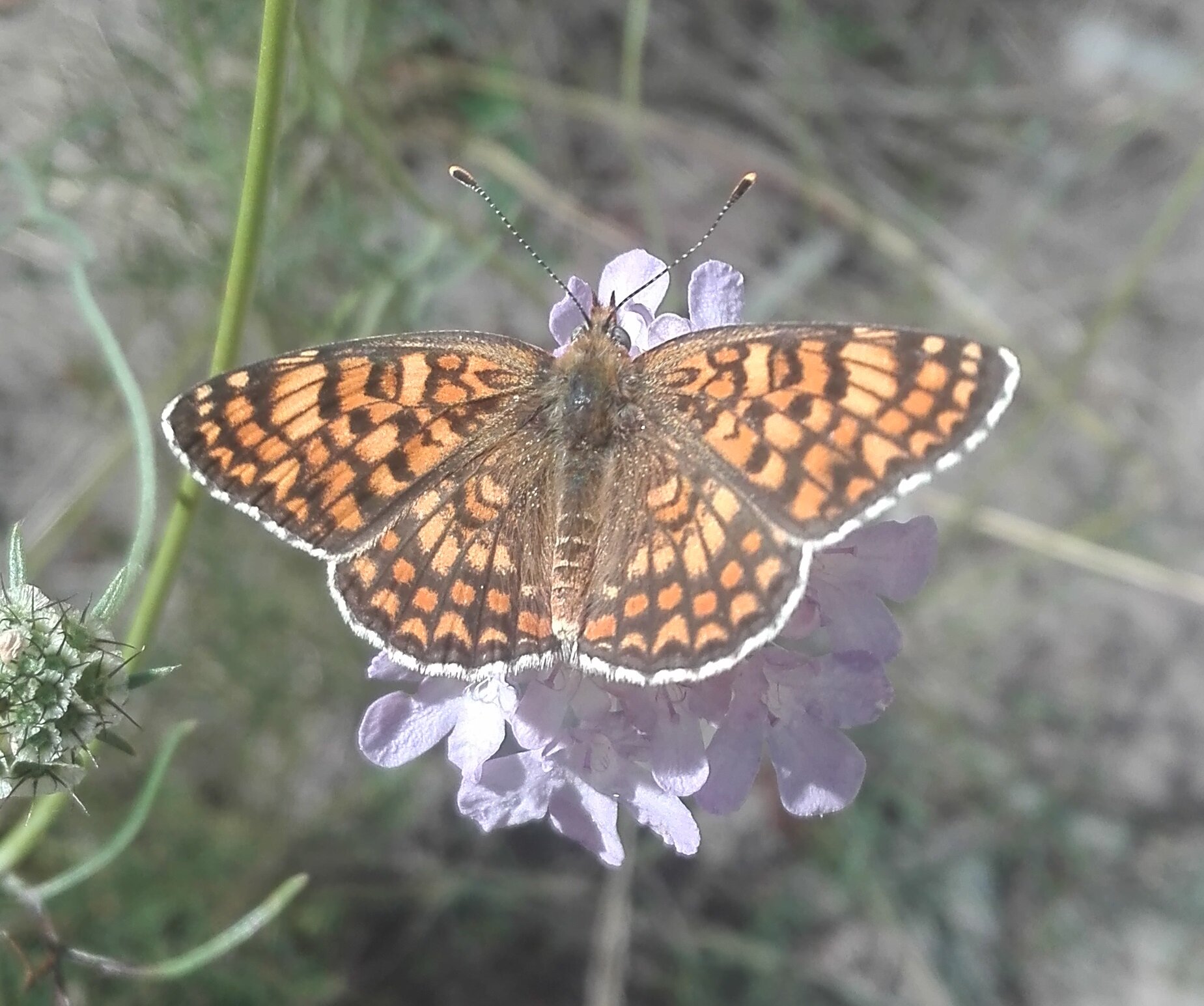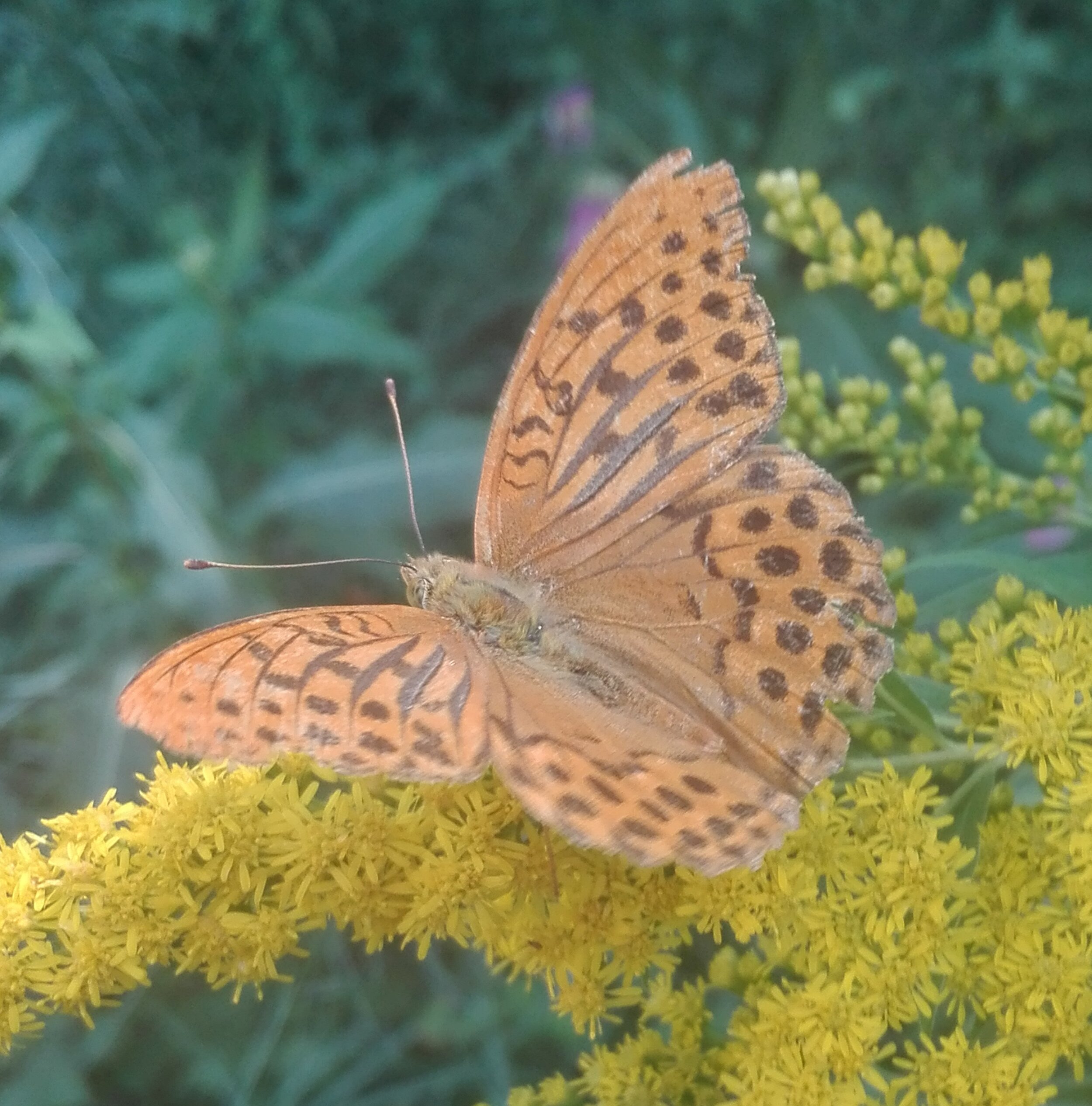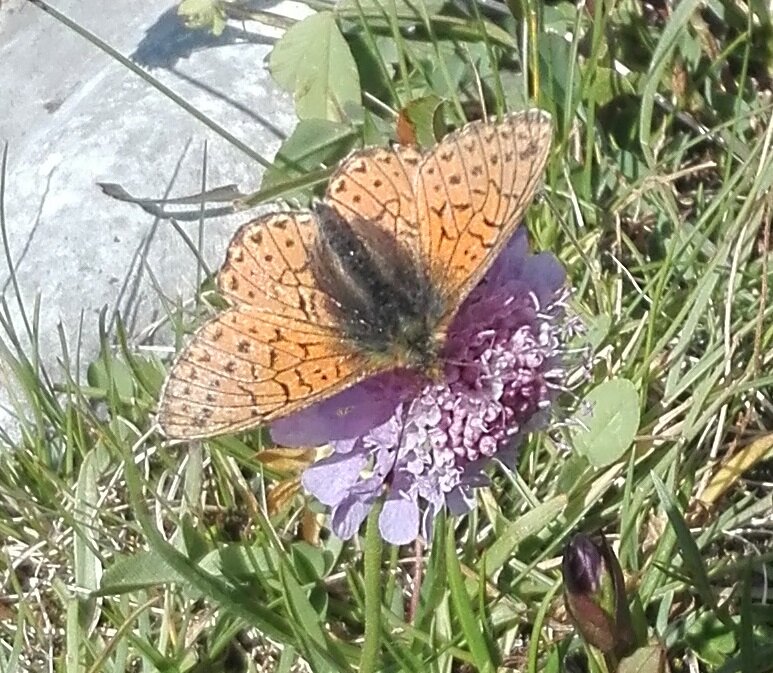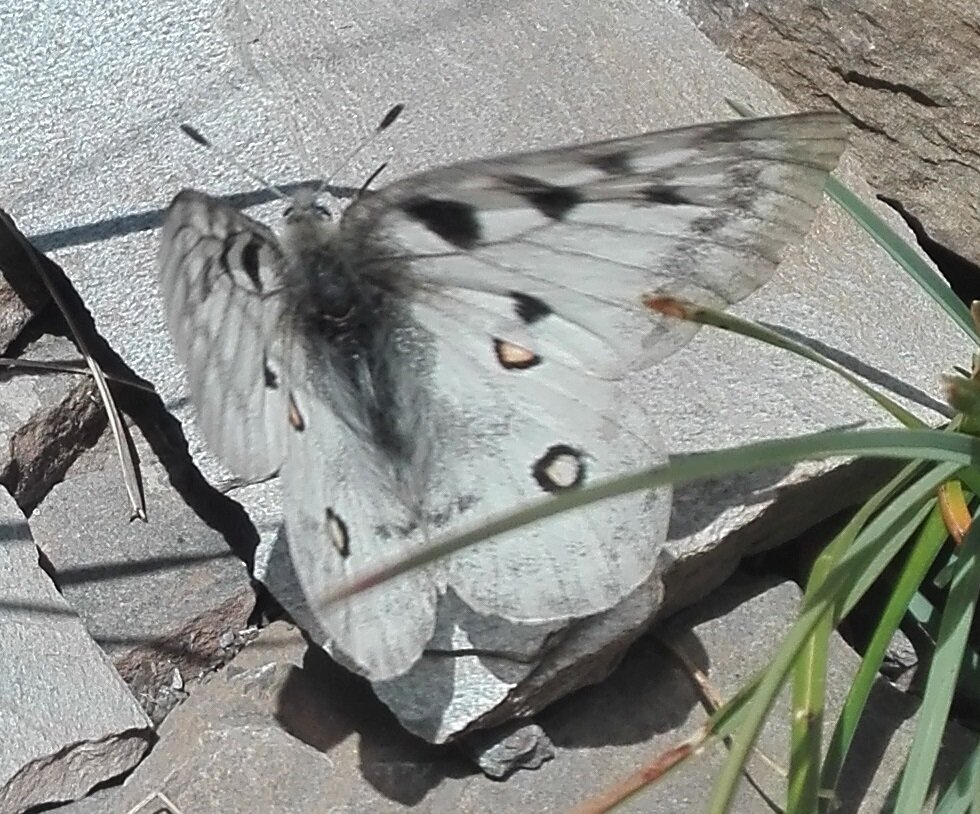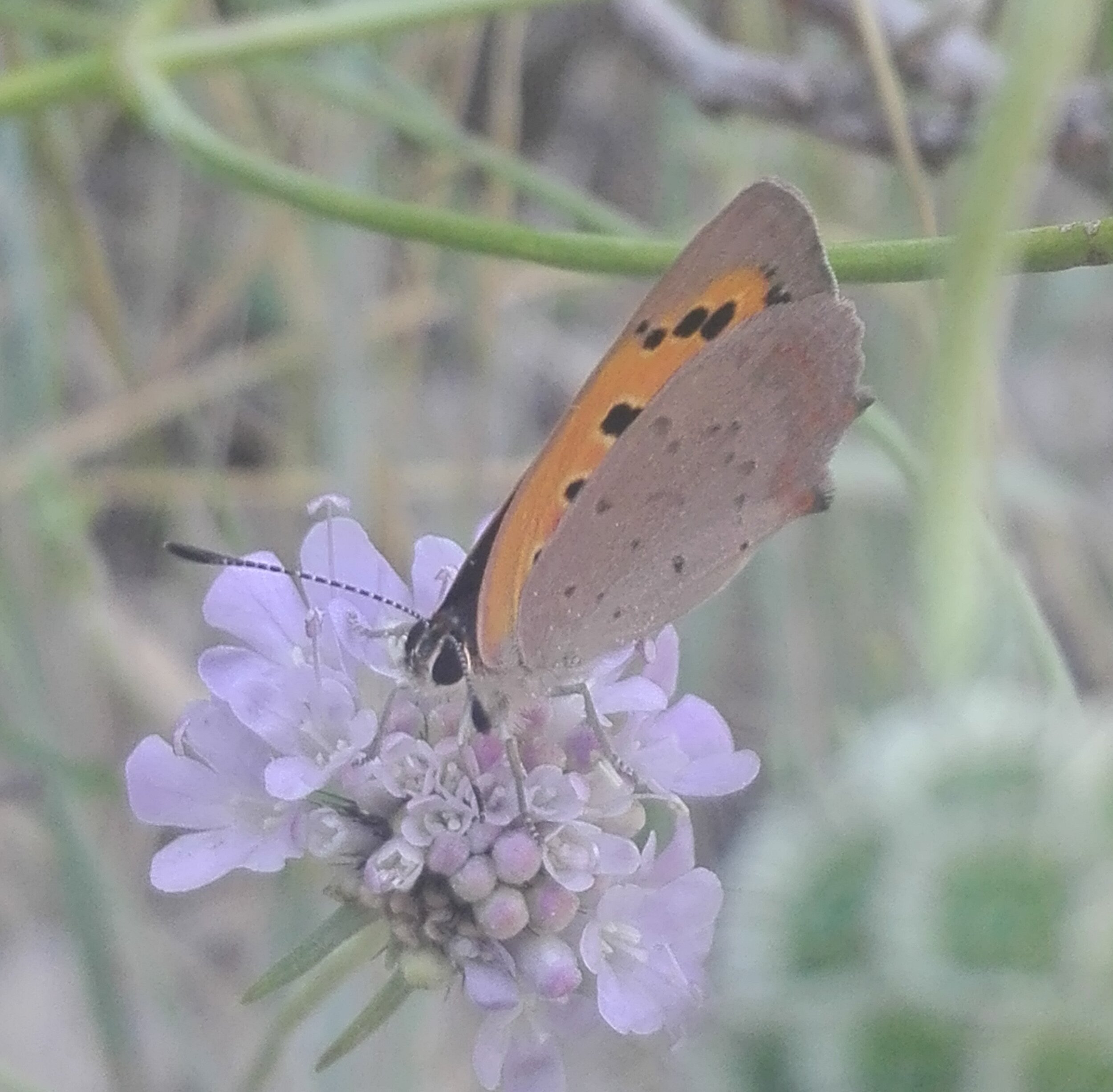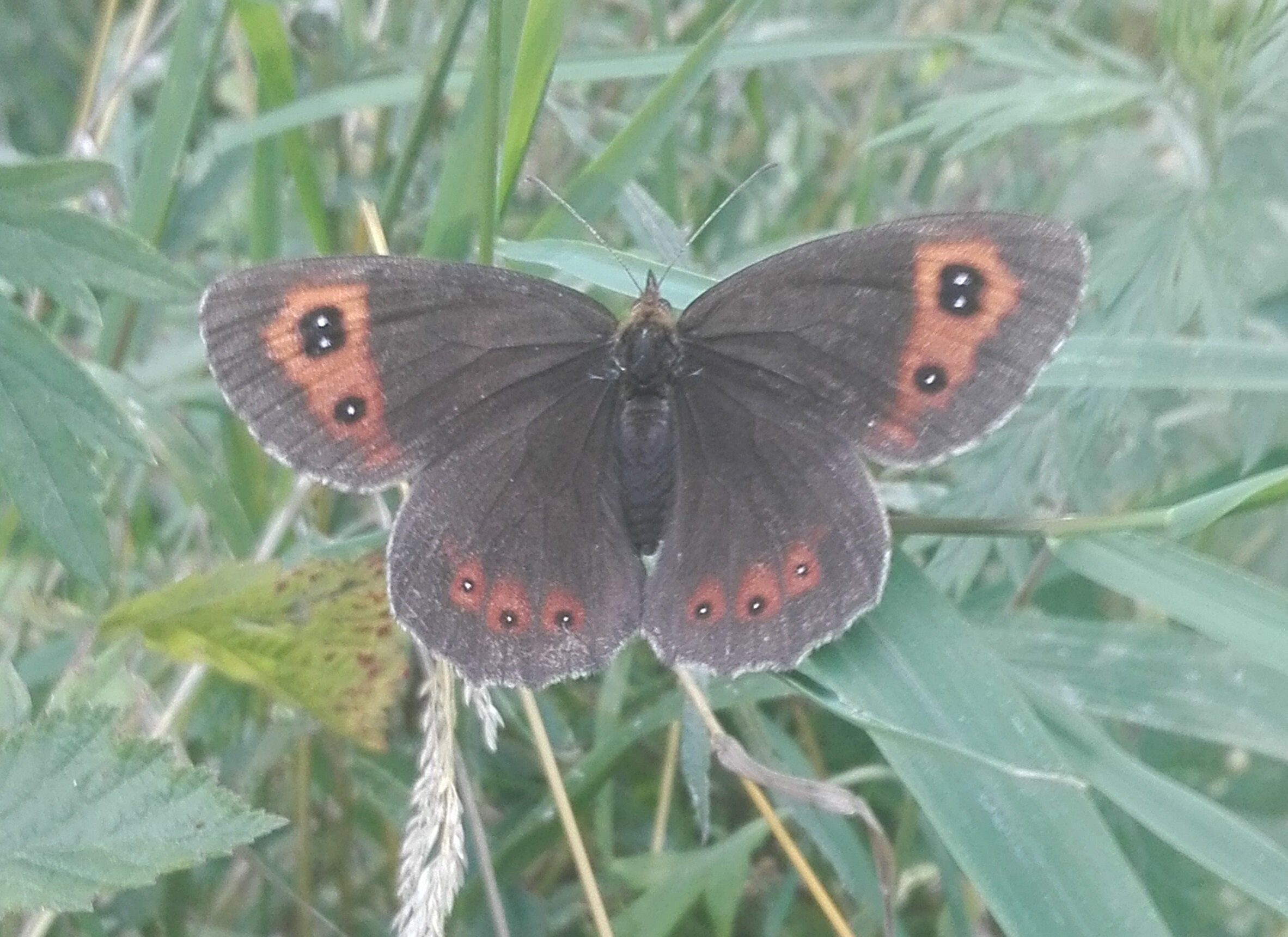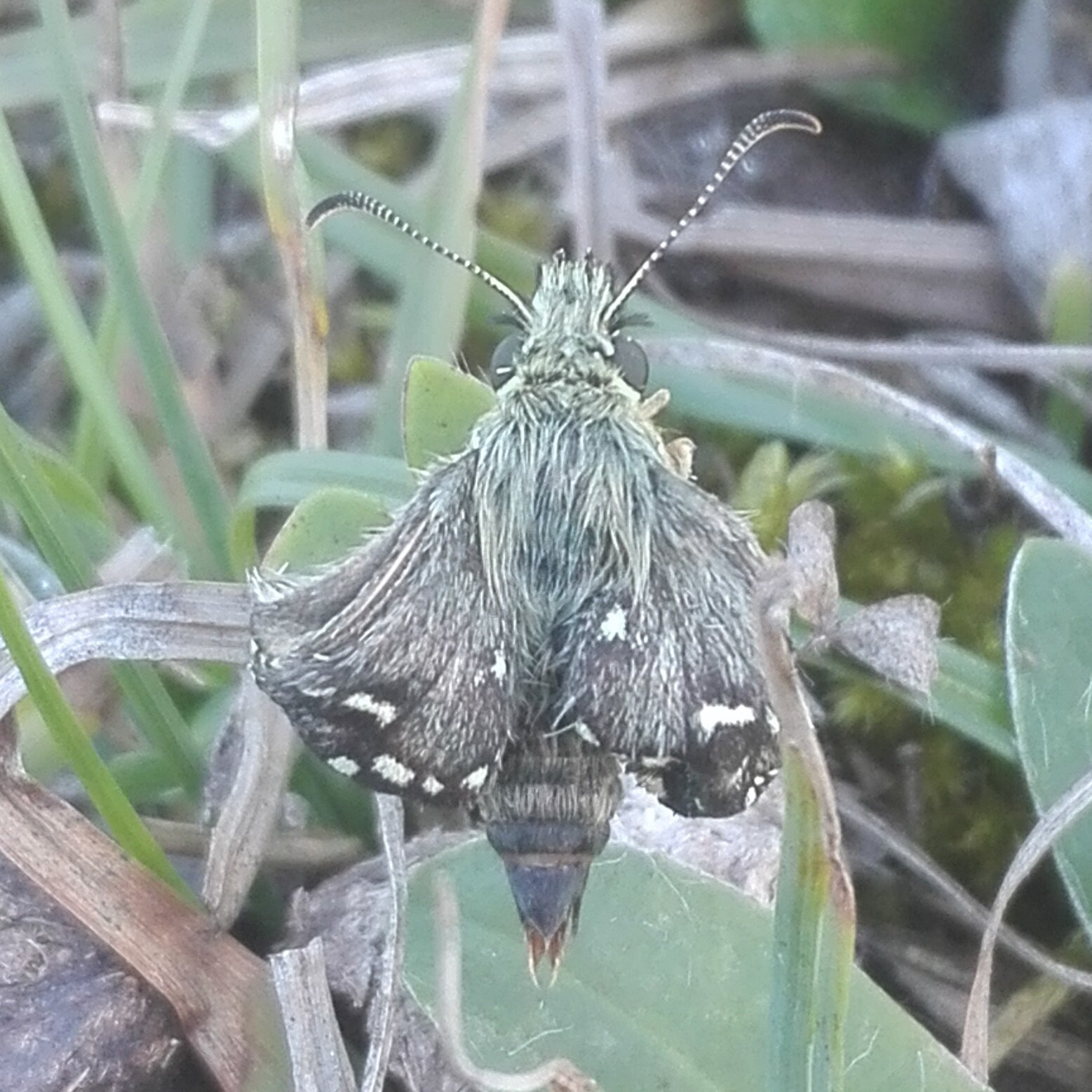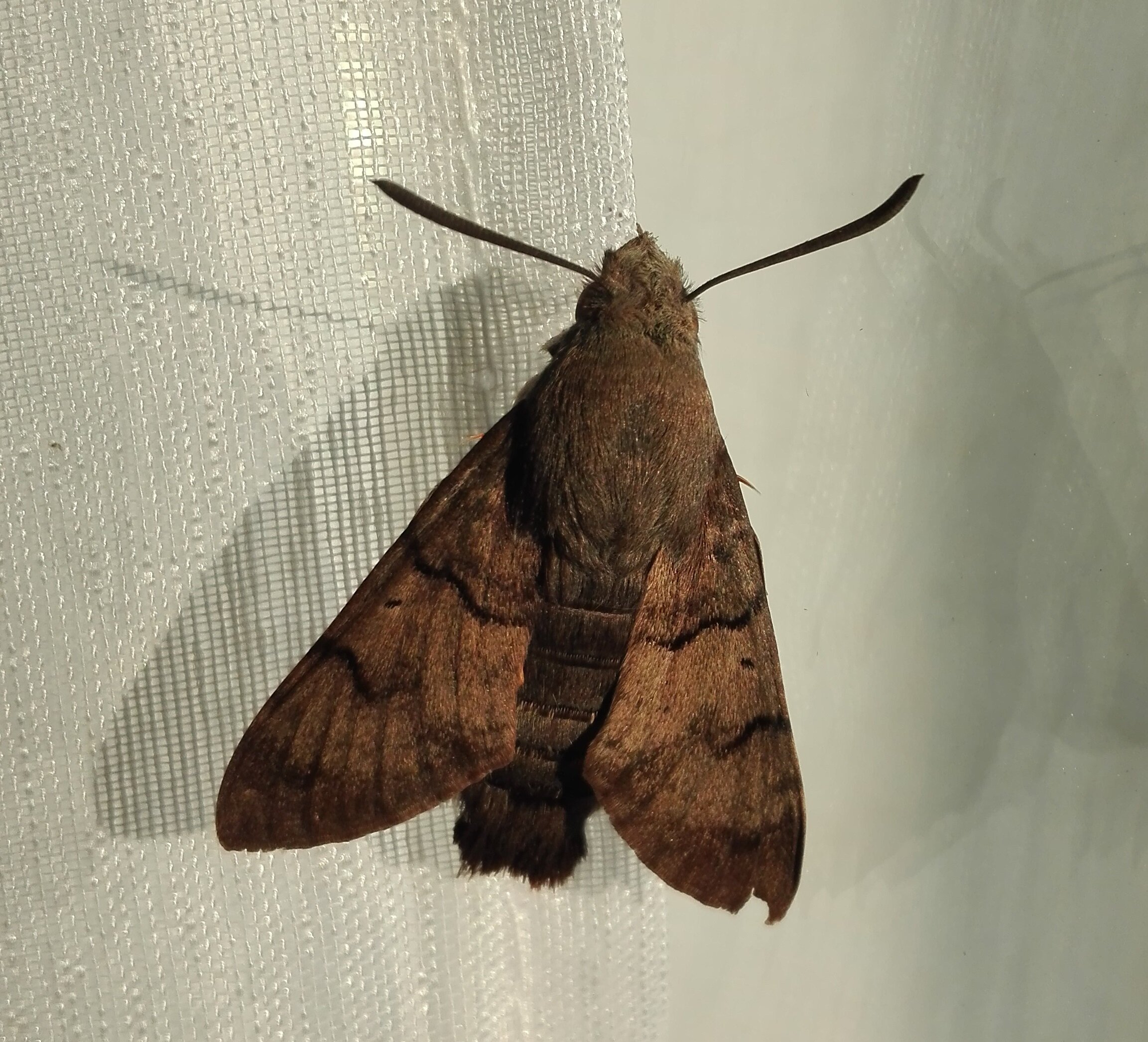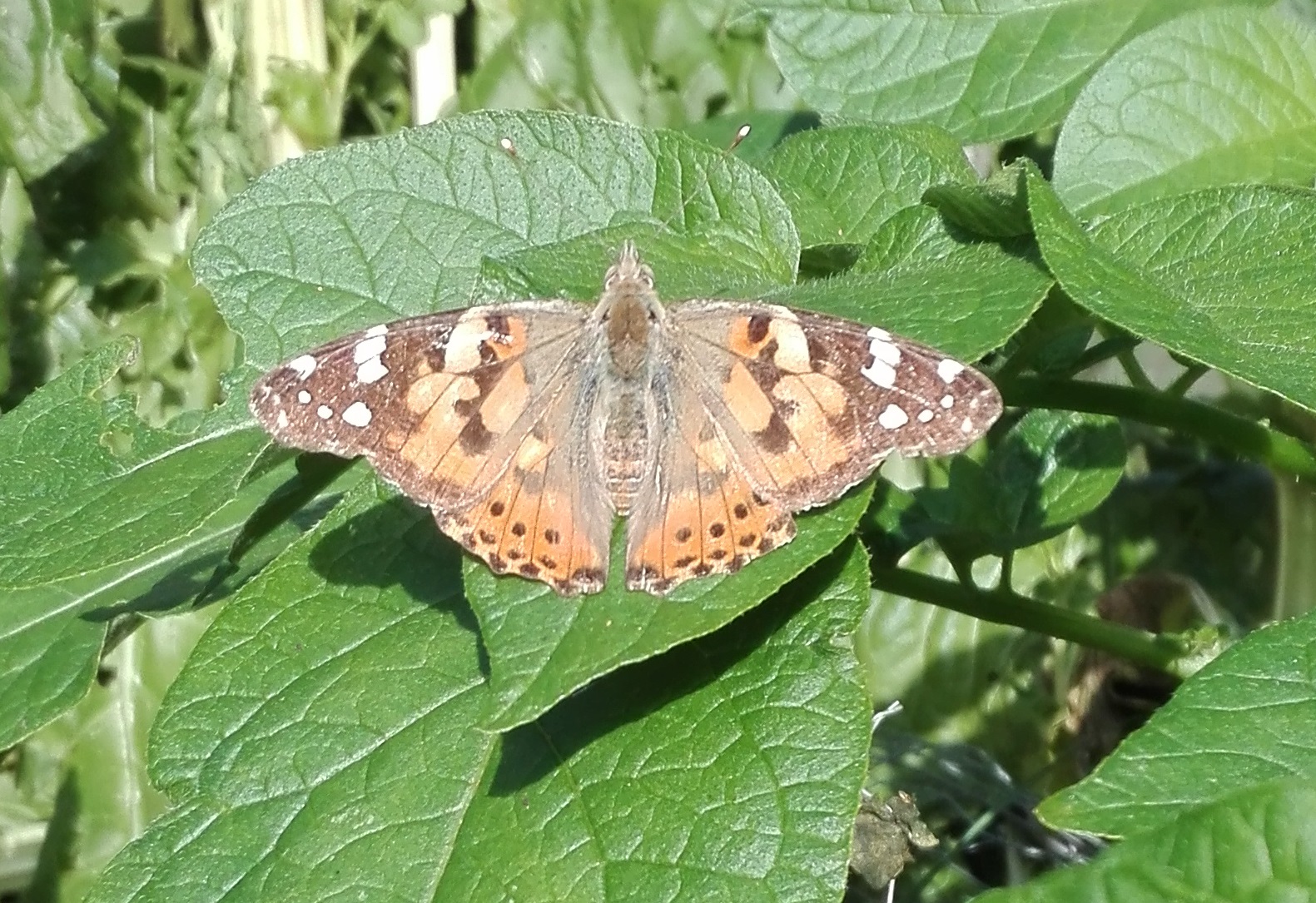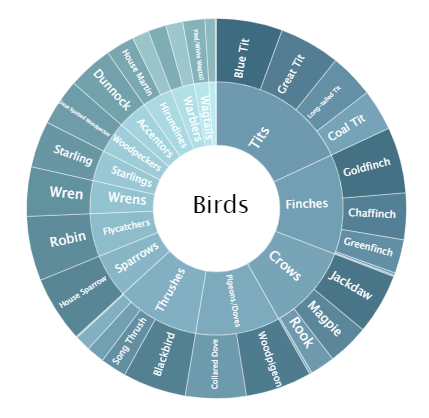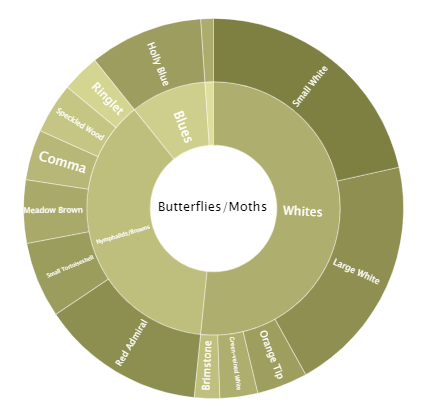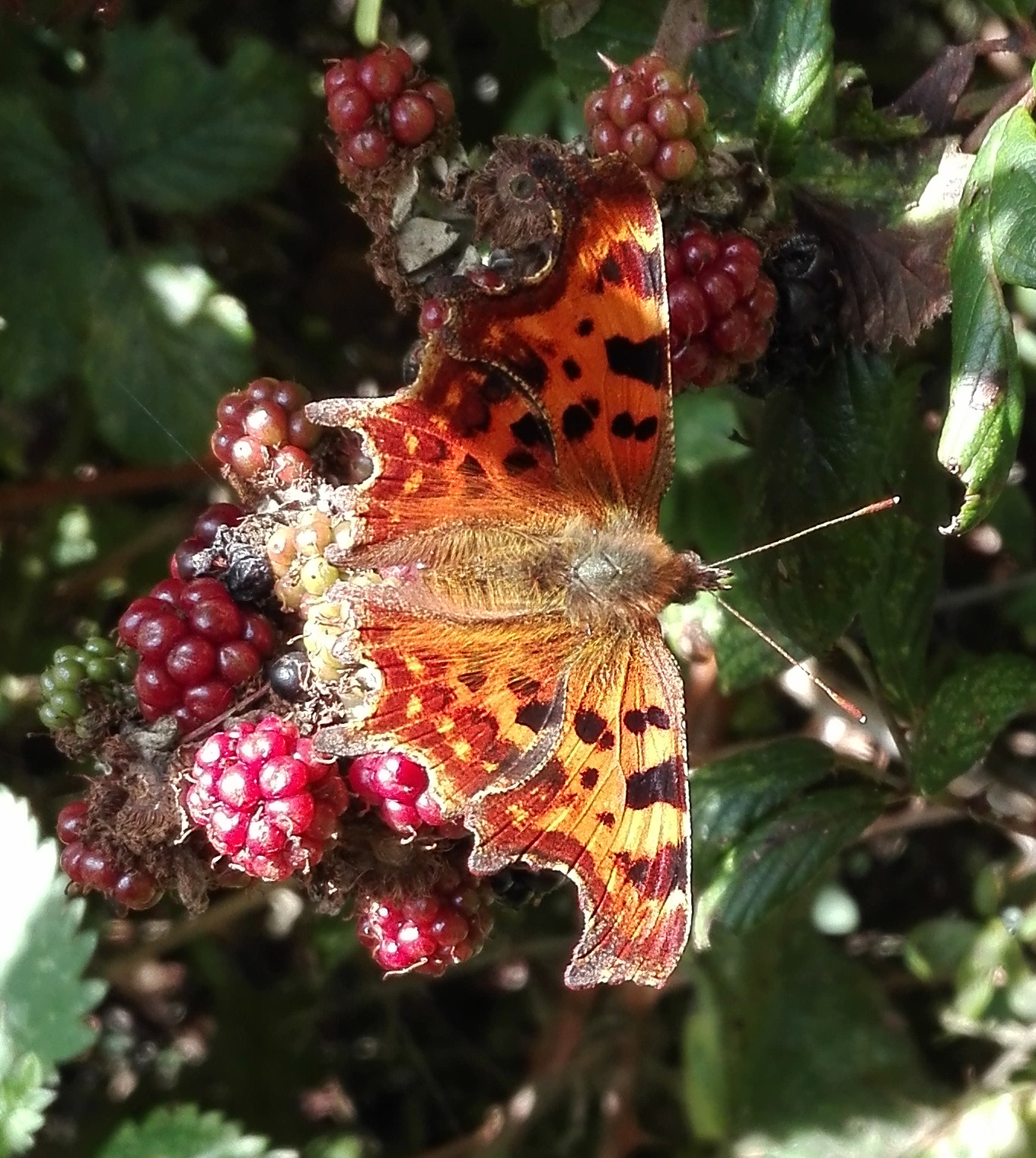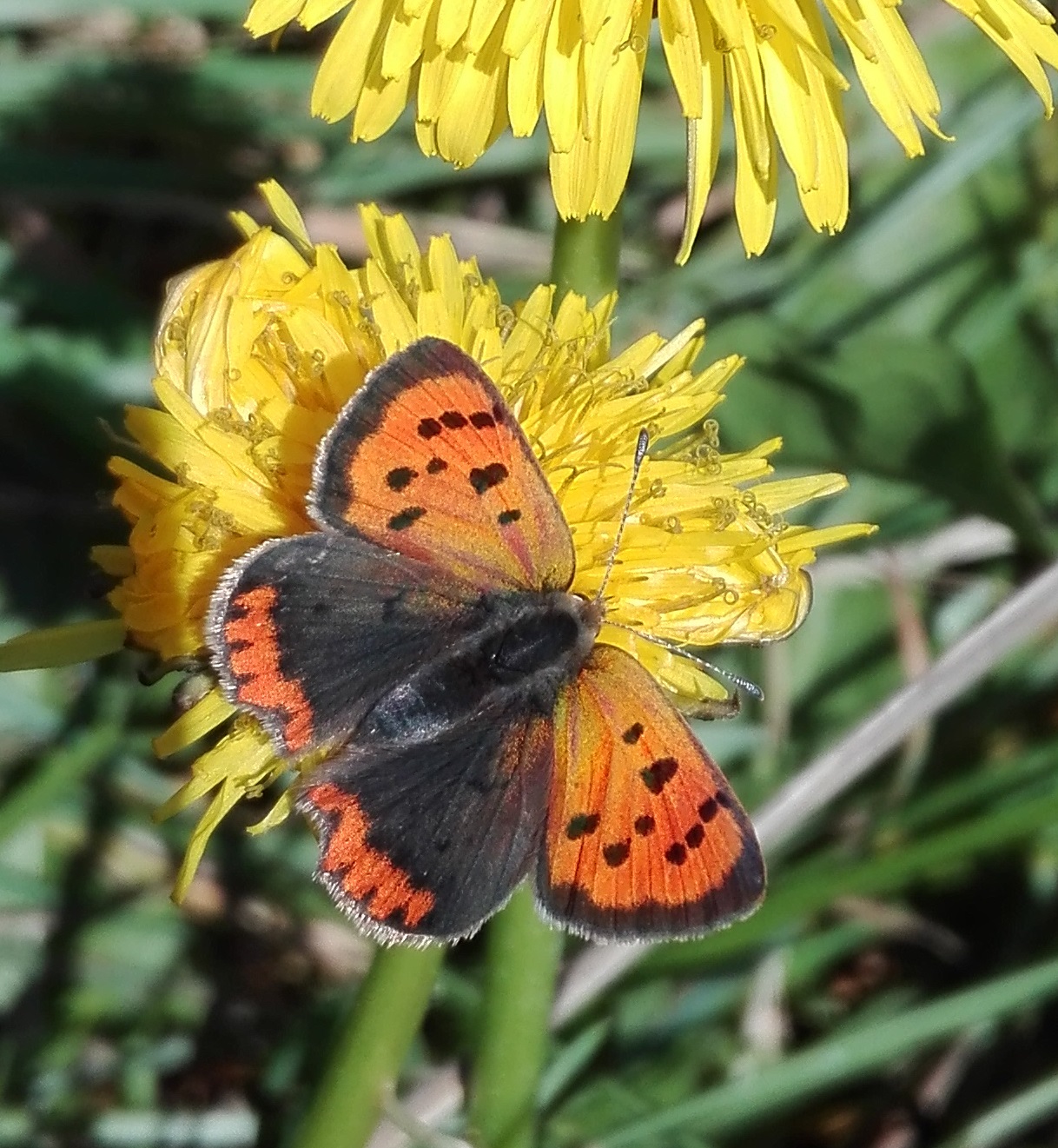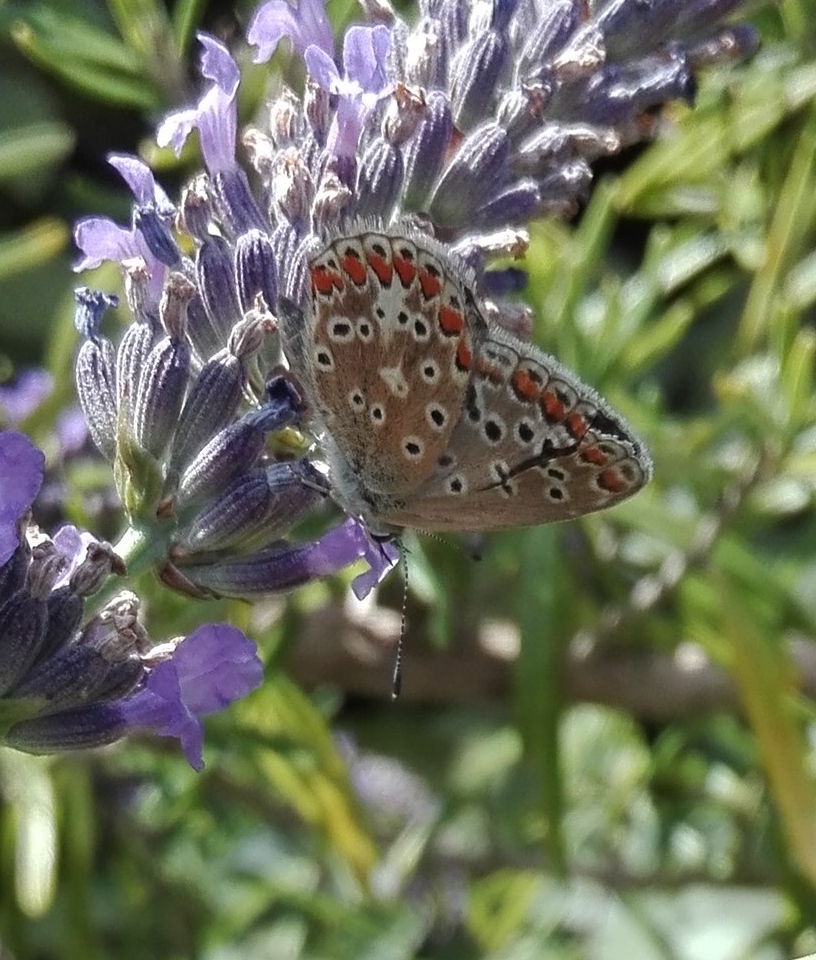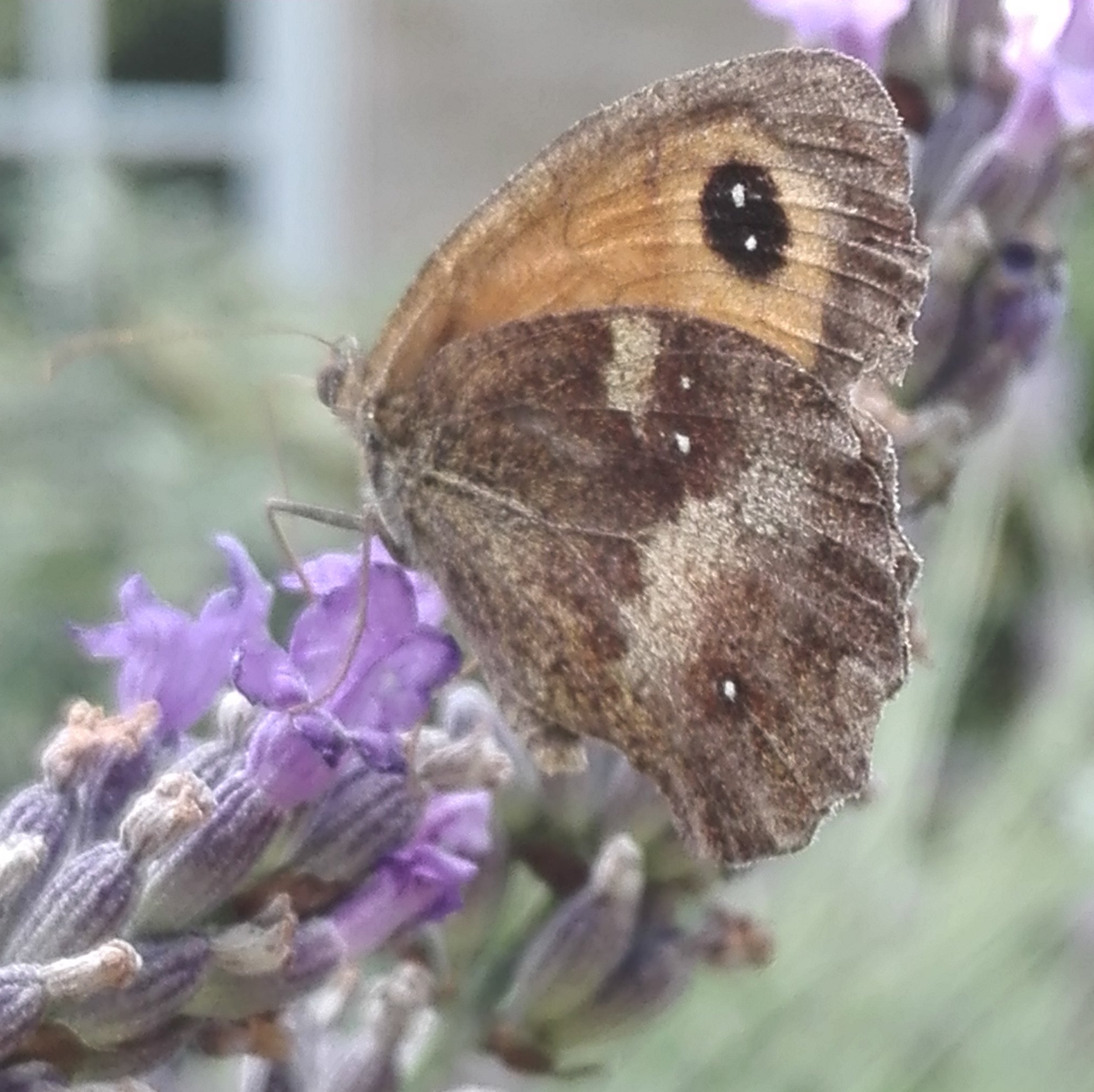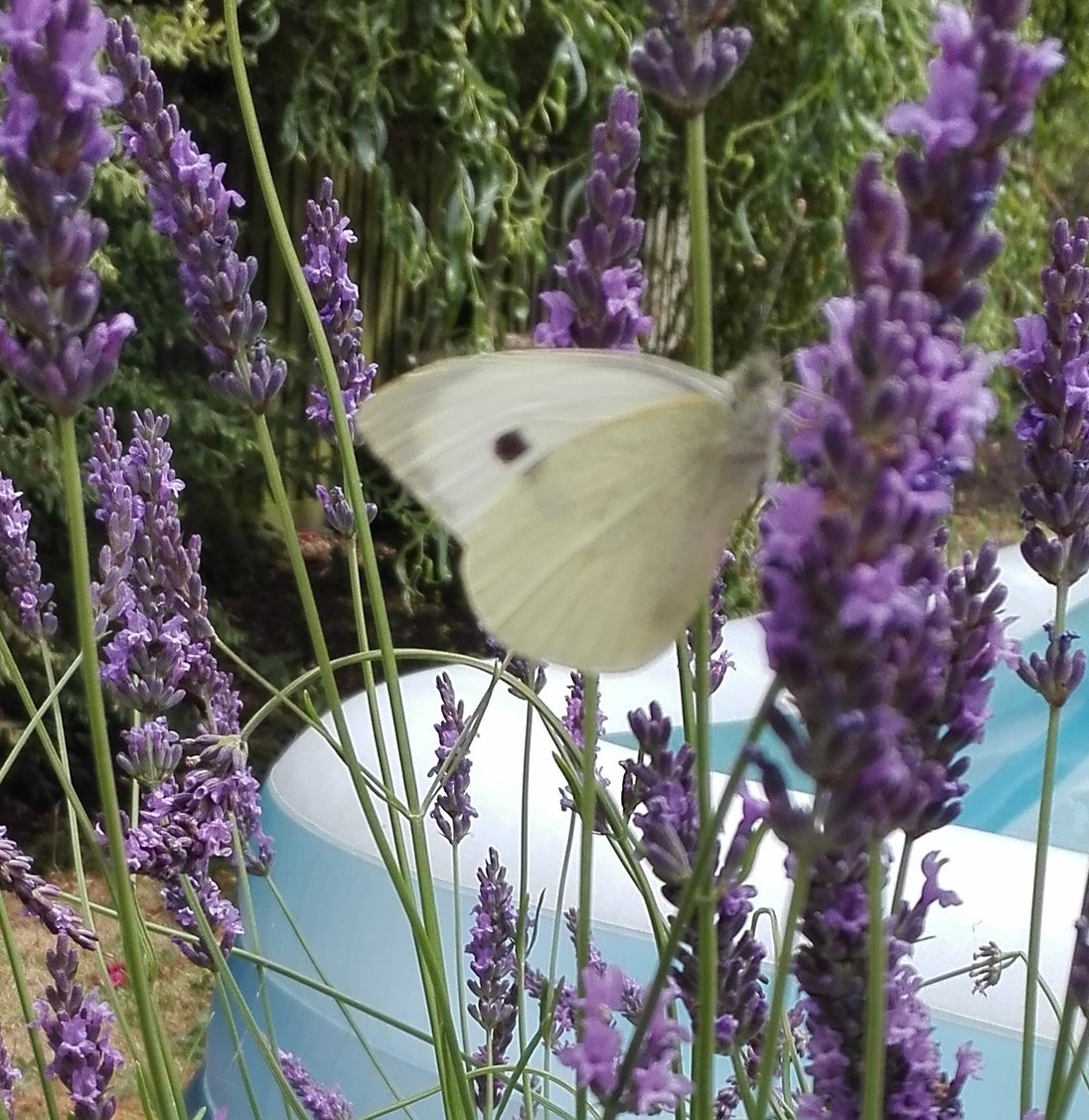It's the anniversary of my starting the BTO Garden Birdwatch, logging all the birds in the garden over the course of a year. As well as birds I’ve recorded butterflies, mammals & amphibians. These graphics are off the BTO site, showing the frequency of the most common birds that actually use the garden (pure fly-overs are not counted).
Surprisingly out of the 47 bird species I recorded during the year, only four were seen absolutely every week: Woodpigeon, Blue Tit, Goldfinch & House Sparrow. The rest of the top 10 were Robin which only missed one week (reporting rate = 98%), Blackbird with reporting rate of 96%, Collared Dove, Jackdaw and Great Tit all on 92%, then quite a big drop to Wren at 75%. Most of these species disappeared during late Summer / early Autumn, when the species count was at it’s lowest.
At the other end of the scale six birds only showed once: Fieldfare during winter snows, Whitethroat, Siskin & Hawfinch during Spring migration and Grey Wagtail & Lesser Whitethroat also migrants during the late summer.

